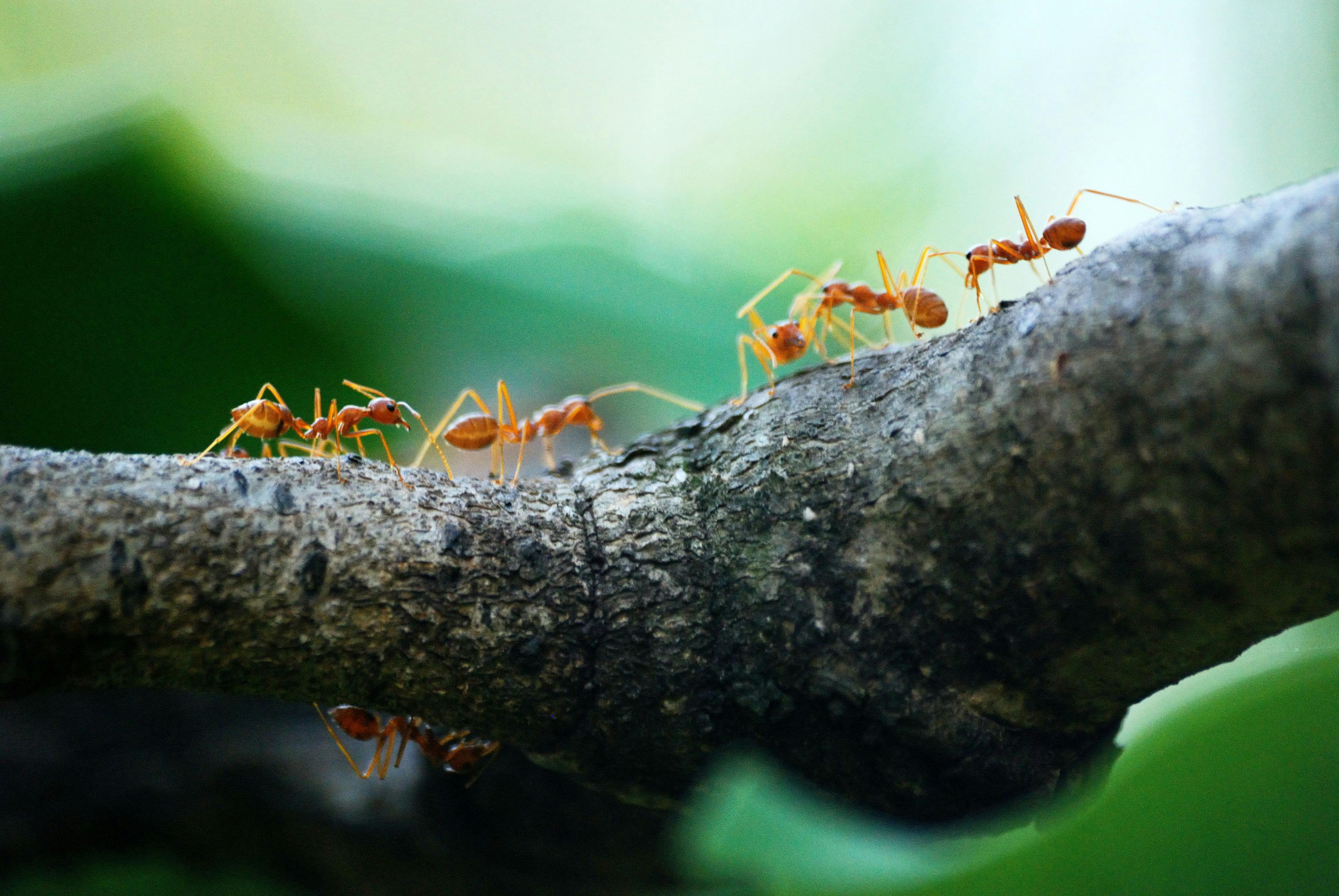The Fascinating World of Ant Farming: A Closer Look
The world of pets is vast and diverse, stretching beyond the usual dogs and cats to include a myriad of creatures, big and small. One such pet, often overlooked but equally fascinating, is the humble ant. Ant farming, or formicarium keeping, has been around for decades. Yet, many people remain unaware of its intricacies and appeal. It is an activity that combines pet care with a natural curiosity for the intricate workings of these industrious creatures. This article delves into the captivating world of ant farming, tracing its history, exploring current trends, and offering a peek into its future.

Ant Farming: A Historical Perspective
Ant farming as a hobby dates back to 1929 when Charles Janet, a French entomologist, designed the first formicarium— a vivarium designed specifically for the study of ant colonies. The formicarium provided a unique opportunity to observe ants’ behavior in a near-natural habitat. In 1956, Milton Levine, inspired by a fascination with ants, modernized the formicarium for commercial use, giving birth to the ant farm as we know it today.
The Modern Formicarium: A Blend of Science and Art
Today’s formicariums are a far cry from the rudimentary designs of the past. Modern formicariums are both functional and aesthetically pleasing, often resembling works of art. They have evolved into elaborate setups with multiple chambers and tunnels, made with transparent materials for easy viewing. Some even incorporate LED lighting and humidity control systems. A modern formicarium can range from $30 for a basic design to over $200 for a high-end model, illustrating the growing market for this unique hobby.
The Appeal of Ant Farming
Ant farming offers a unique insight into the complex world of these social insects. Observing an ant colony at work provides an understanding of their social structure, communication methods, and incredible teamwork. It can be educational for children and equally engaging for adults, making it a hobby that spans across age groups.
Current Trends and Future Perspectives in Ant Farming
The growing interest in ant farming is evident in the increasing number of online communities and forums dedicated to this hobby. These platforms provide a place for enthusiasts to share their experiences, exchange tips, and discuss different species and formicarium designs. Ant farming is not just a pastime but also a tool for scientific education, promoting a greater understanding of these often misunderstood creatures. As technology advances, we can expect to see even more sophisticated formicariums in the future, further enhancing our ability to study and appreciate these fascinating insects.
The Ant-icipated Rise in Ant Farming
While dogs and cats might be the more traditional choice of pets, the world of ant farming offers a unique and engaging alternative. It is a hobby that combines the care of living creatures with an educational aspect, providing a window into the intricate world of these industrious insects. As formicarium designs continue to evolve and online communities grow, ant farming is set to rise from obscurity, presenting an unconventional but rewarding pet care experience.




